When you Google ‘Mogadishu’, the photos that surface convey a sense that life in Somalia’s capital is an endless cycle of death, destruction and despair.
Most of the images are of men and boys with guns, children playing in rubble, families huddled in refugee camps and scenes of carnage from explosions. Here and there there are snapshots of the city’s stunning beachfront and signs of hope and revival: new buildings rising in the skyline, solar-power-lit roads and brand-new ATM machines. While both types of images depict facets of reality, they don’t give a sense of daily existence for the city’s two million-plus residents, and what makes life worthwhile for them.
‘Even through the destruction, there’s beauty in Mogadishu: the beaches, the markets, the kids, the minarets, the city bustle and hustle,’ says Abdulkadir Mohamed, a self-taught Somali-Canadian amateur photographer who has been walking the streets with his cameras. He posts his photos on social media and signs them with his nickname, ‘Ato’, which means ‘skinny’ in Somali.
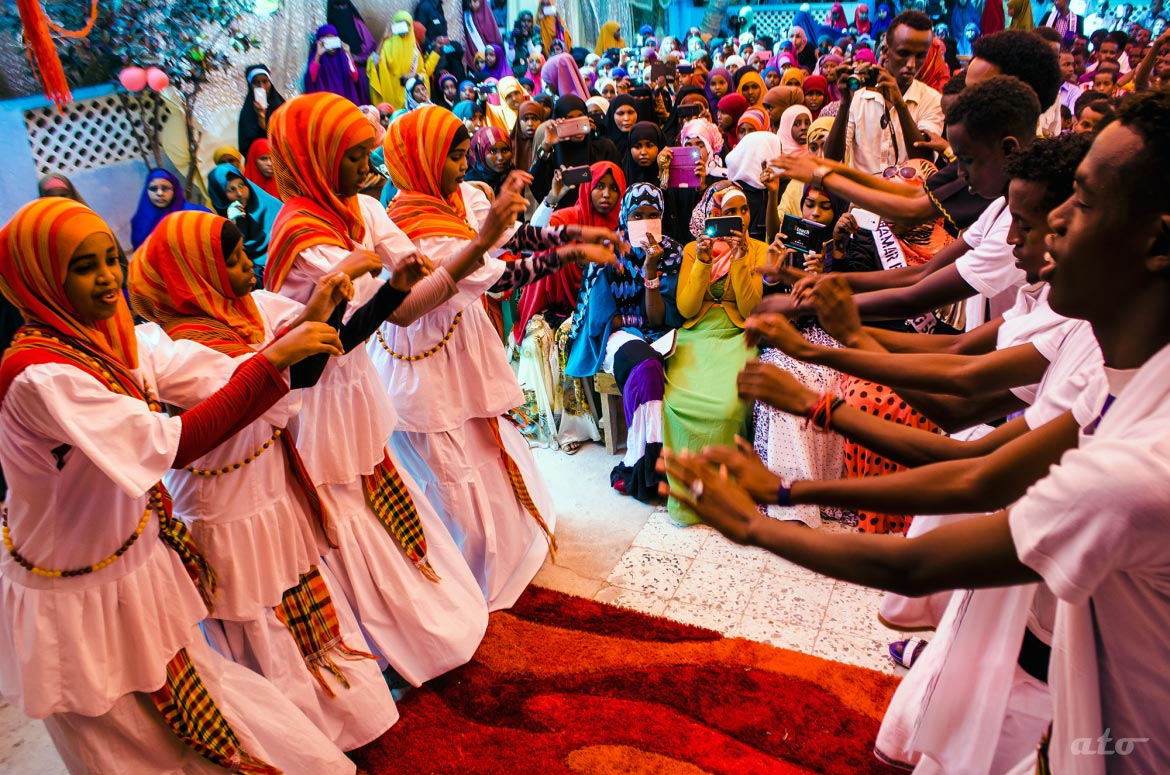

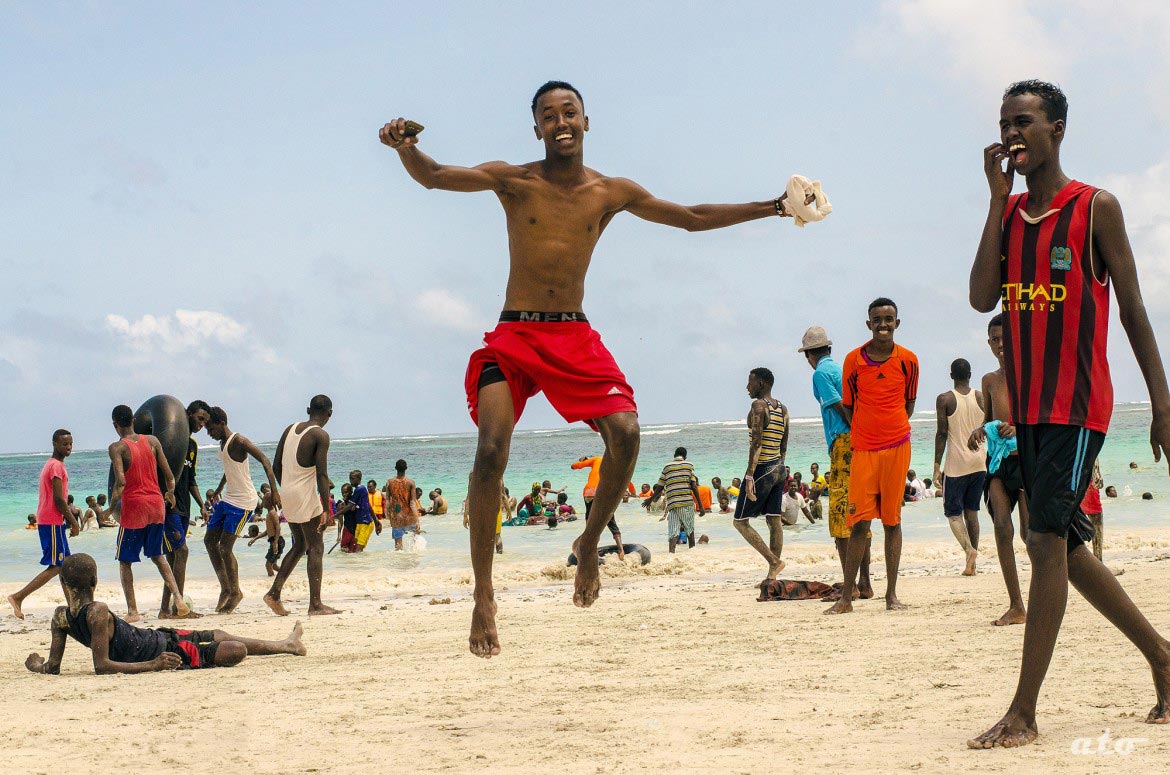
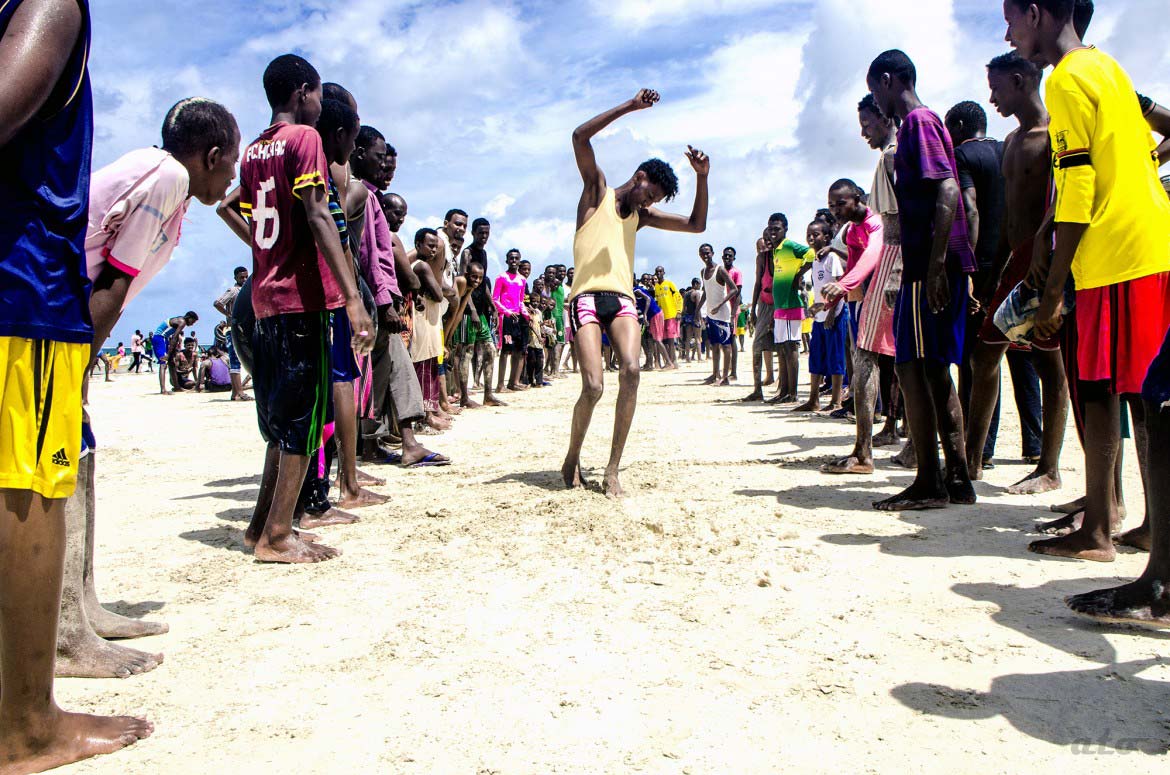
Born in Mogadishu, Abdulkadir grew up in a city that he describes as cosmopolitan and rich in culture. ‘The Mogadishu Pan-African and Arab Film Symposium (Mogpaafis), that’s what I grew up with. Back then, Mogadishu had about 20 movie theatres and Somalis were going to movies all the time.’ He draws his interest in photography from his family background. ‘My uncle was a photographer; there were photography studios back then.’
Abdulkadir moved to Canada as a teen before Somalia’s implosion in a protracted civil war, following the fall of long-time ruler Mohamed Siad Barre in 1991. He spent two decades in Canada and the US before moving back to his hometown for family reasons in early 2014.
‘Being Muslim, black and an immigrant is tough. There is xenophobia and alienation going on in the western world. Here, nobody is calling you any names. It’s your country,’ he explained.
‘When I was outside of Somalia, all the pictures I would see about Somalia were just the normal clichés about wars and people who are either pirates or starving,’ he said. ‘That’s not the Mogadishu that I know.’ He began taking photos to show friends in his Somali community in Canada what life was like. Then, those friends started asking him to post more and more pictures on social media. ‘A friend asked me to send him pictures of the neighbourhood where he grew up in Mogadishu. My niece, who is a teenager, forced me to open a Tumblr,’ he said. ‘It wasn’t just me, but a lot of people were doing it.’
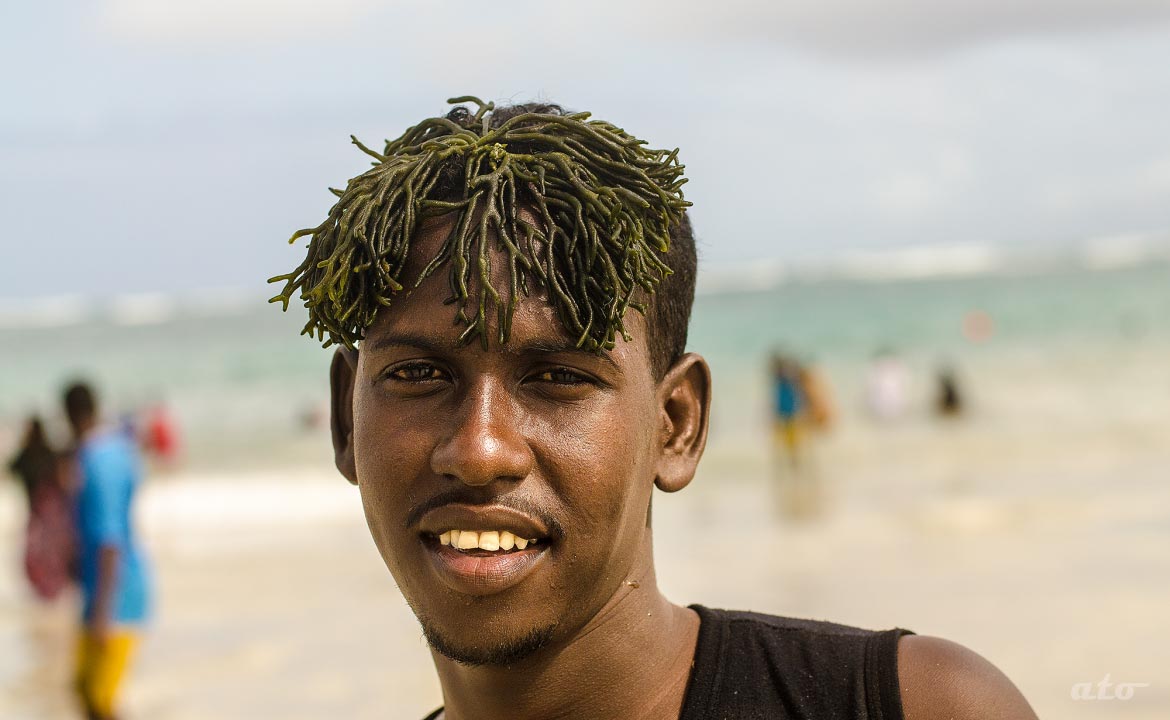
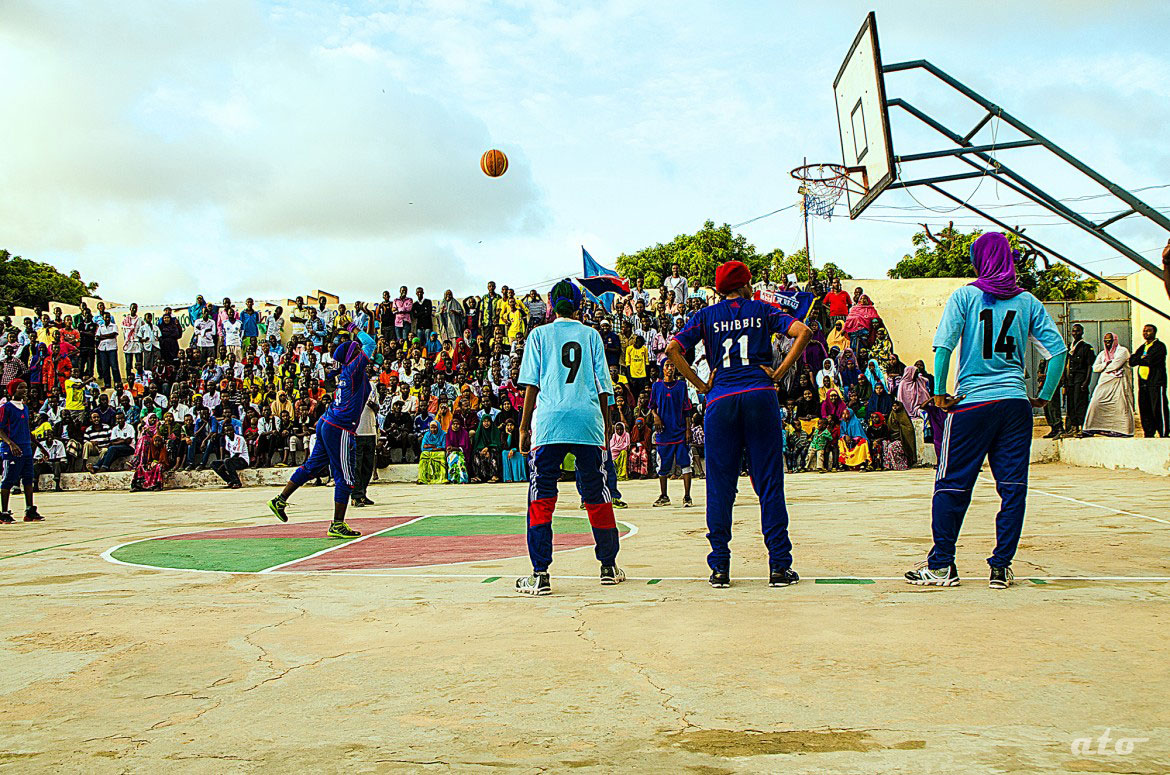
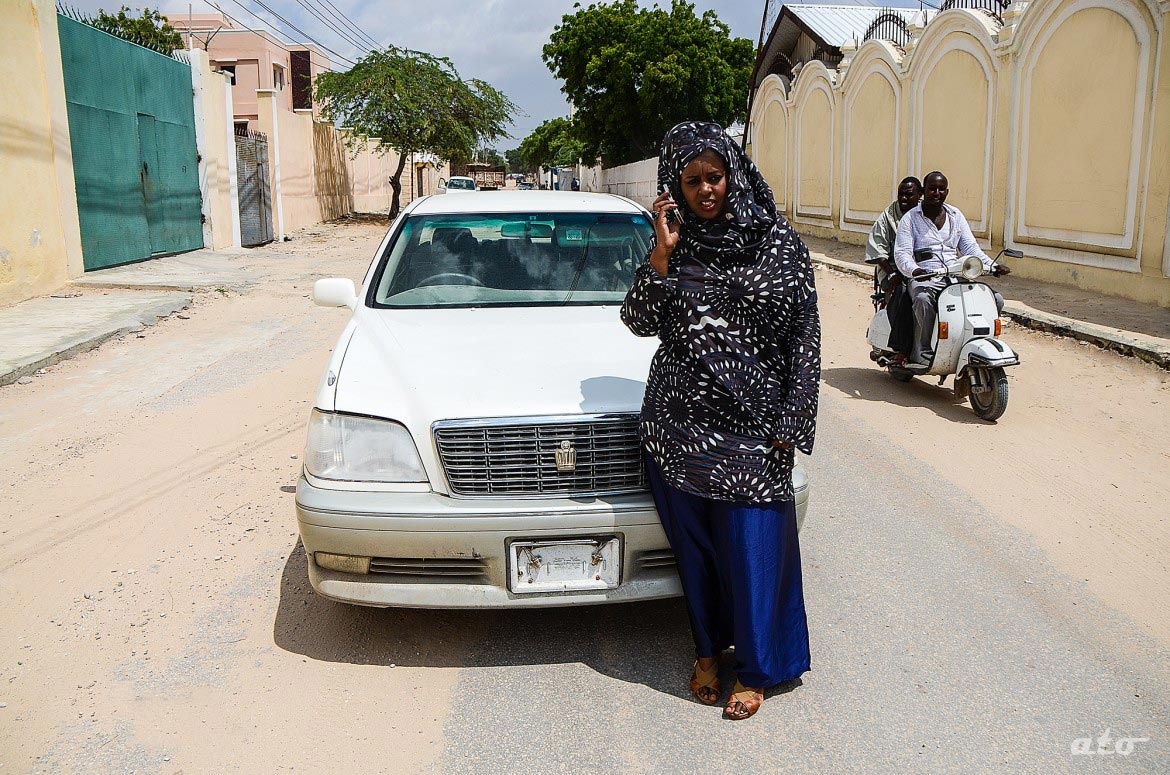
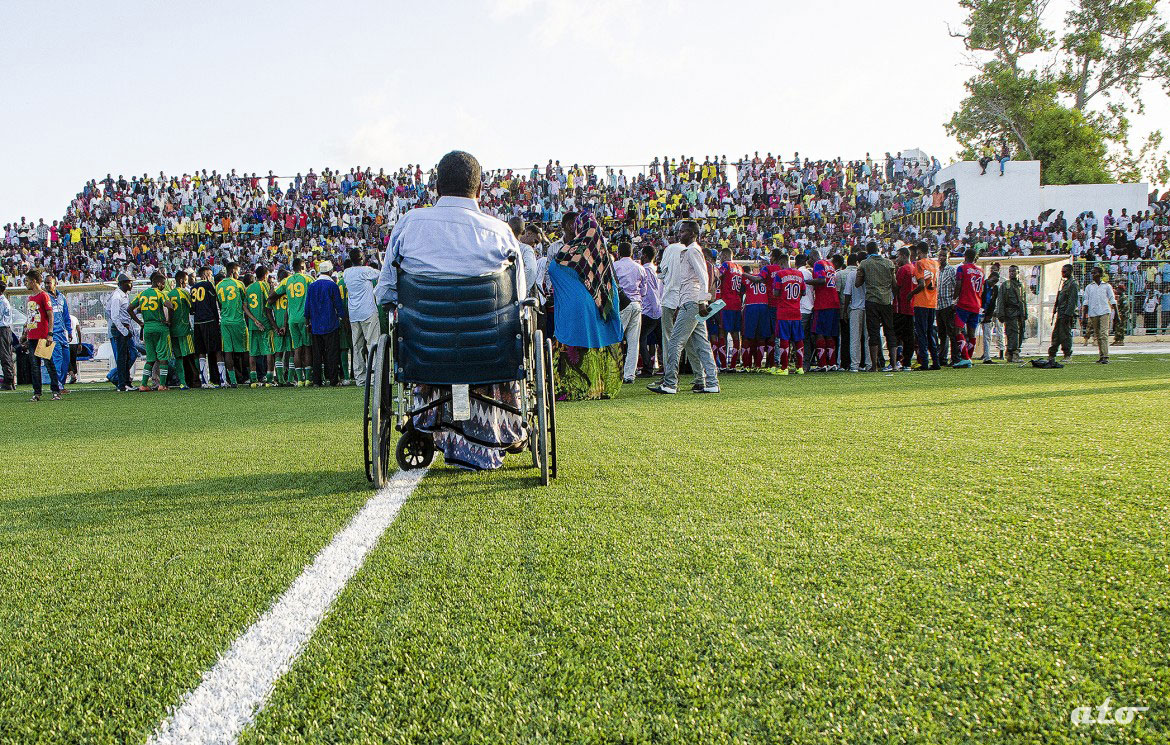
In fact, many internet-savvy young Somalis have taken to social-media platforms to publish collections of positive photos and videos about life in the country. Some – such as Ugaaso Boocow, who has a large following on Instagram; Abla Elmi, producer of the video series Mogadishu Diaries; and Ahmed Yusuf, creator of the Welcome to Somalia YouTube channel – are like Abdulkadir: Somalis from the diaspora who have returned to the city. Others, like Zahra Qorane never left.
‘When you come back to Somalia and you see a different picture, you decide that you don’t want to go back because you don’t want be treated like a second-class citizen, you don’t want to be called names,’ says Abdulkadir. ‘Being Muslim, black and an immigrant is tough. There is xenophobia and alienation going on in the western world. Here, nobody is calling you any names. It’s your country,’ he explained.
‘I decided to focus on creating positive content, which means that I let others do the usual negative narrative of my city.’
From people to objects and scenery, Abdulkadir’s photos deliver not only simple moments but also meaningful stories, which are told through captions in both English and Somali. The descriptions are sometimes witty, sometimes funny, sometimes serious but they allow non-Somalis to understand.
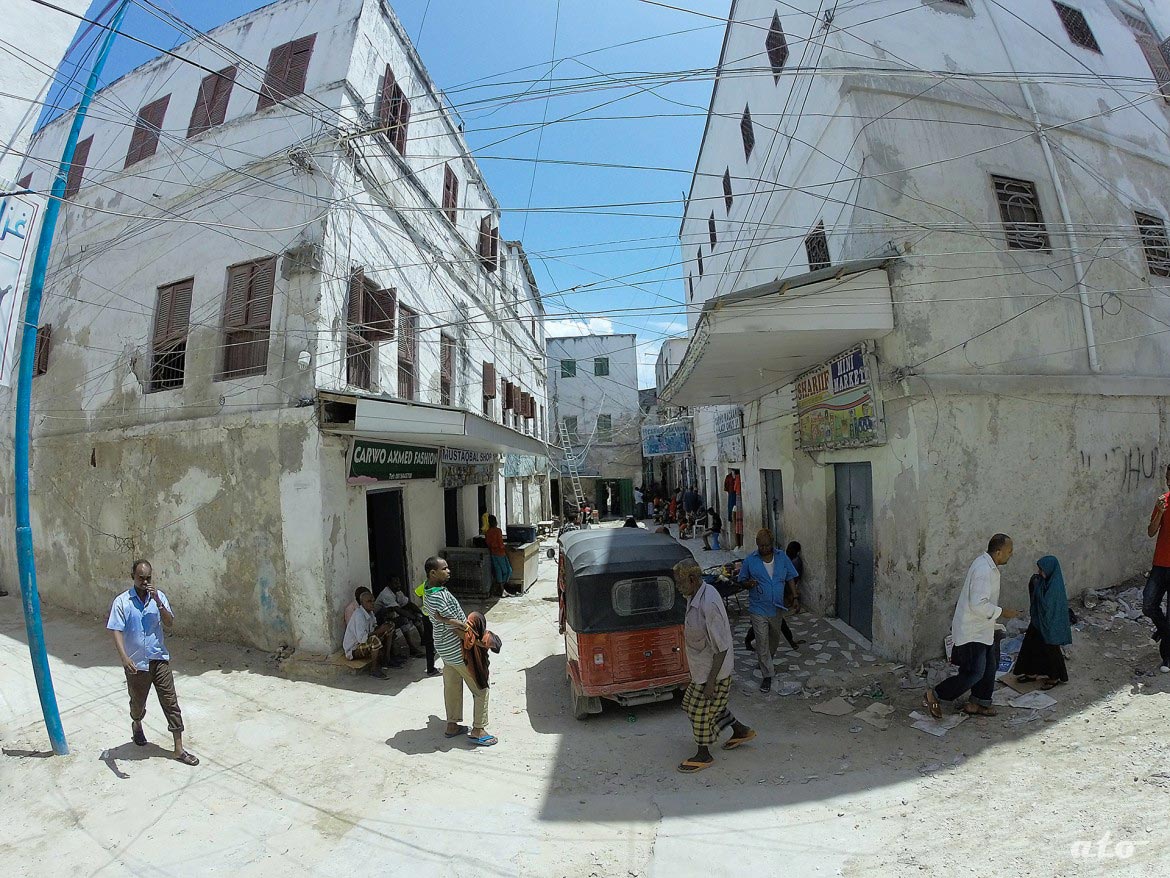
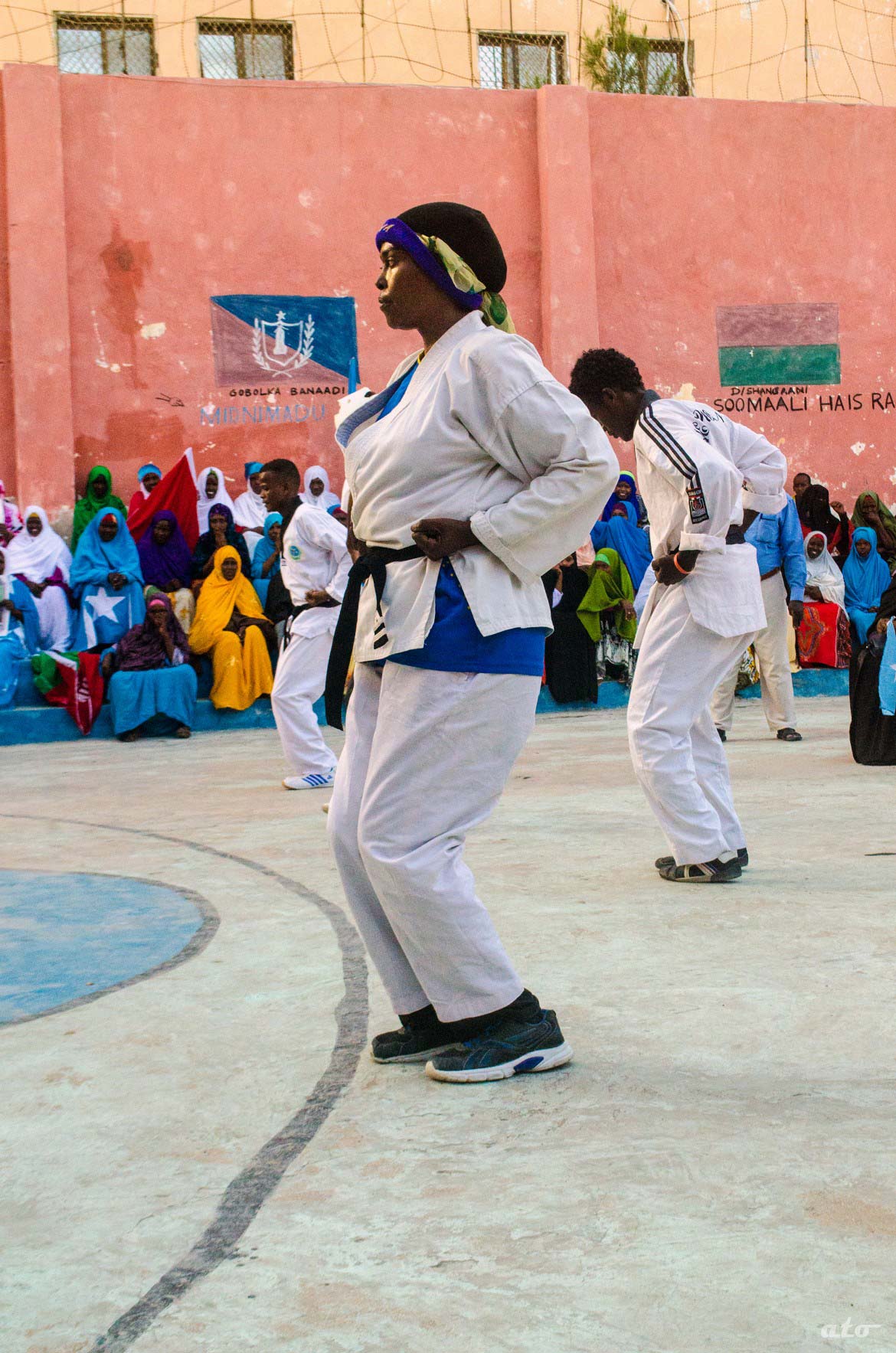
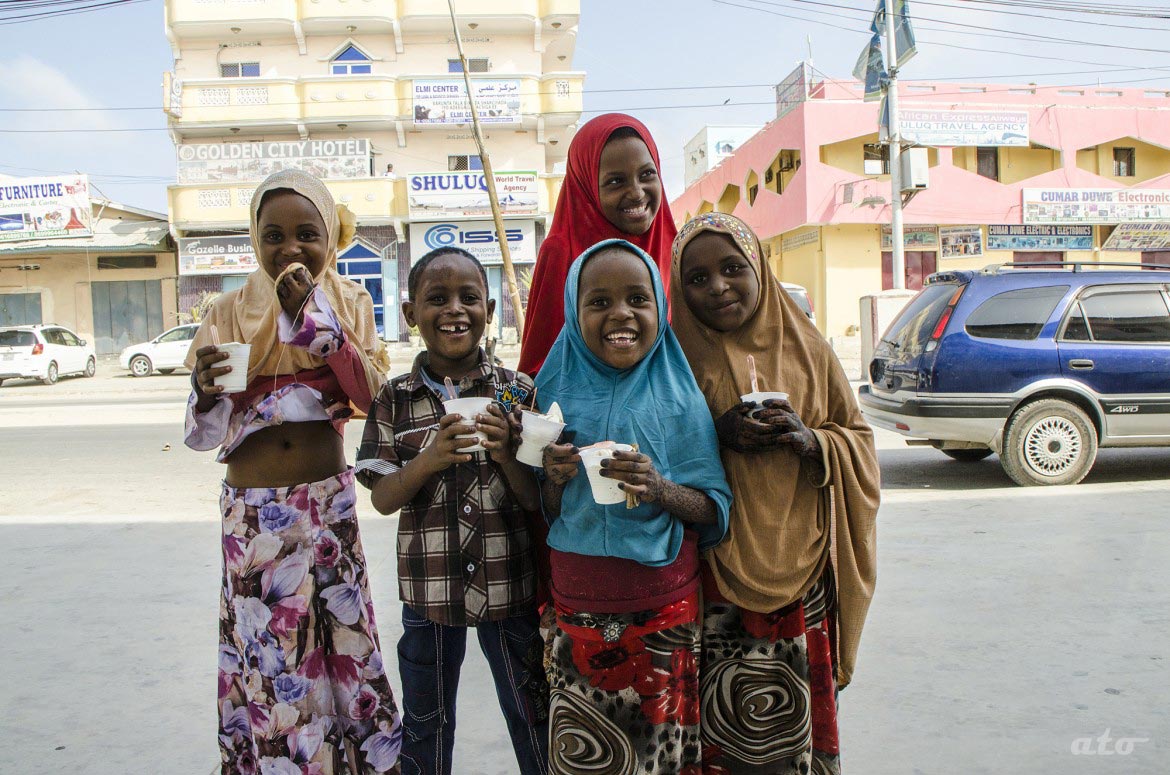
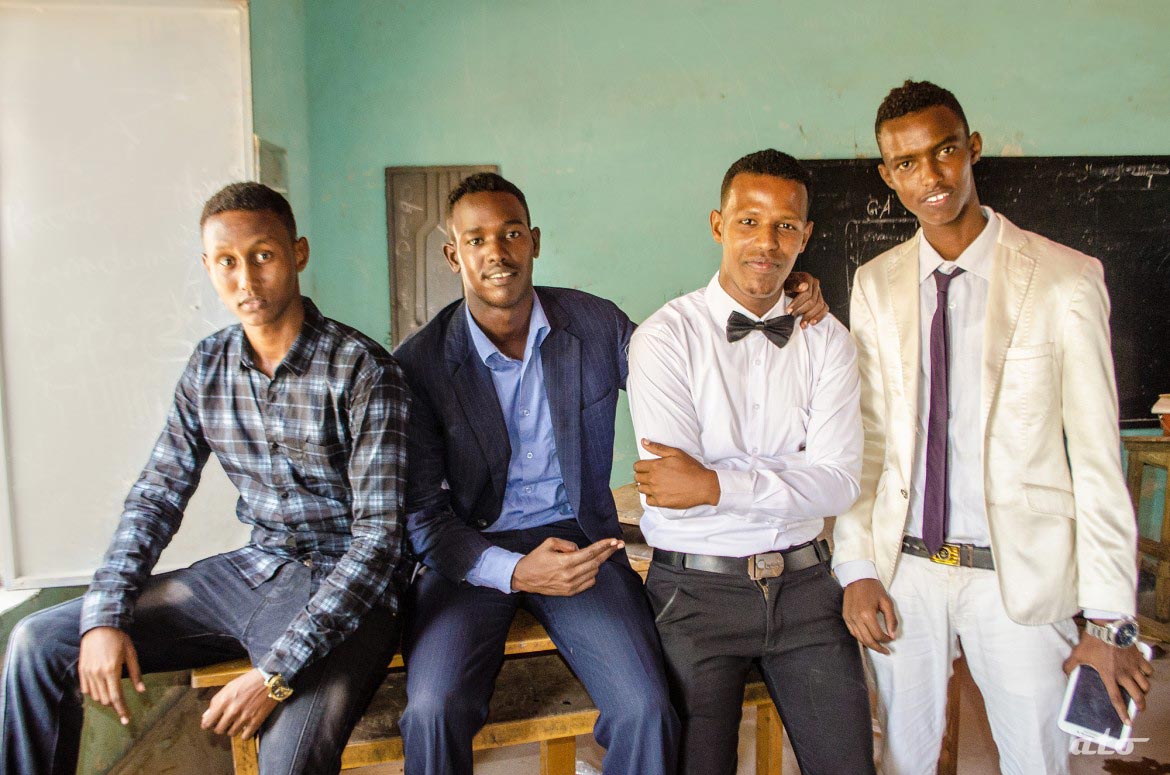
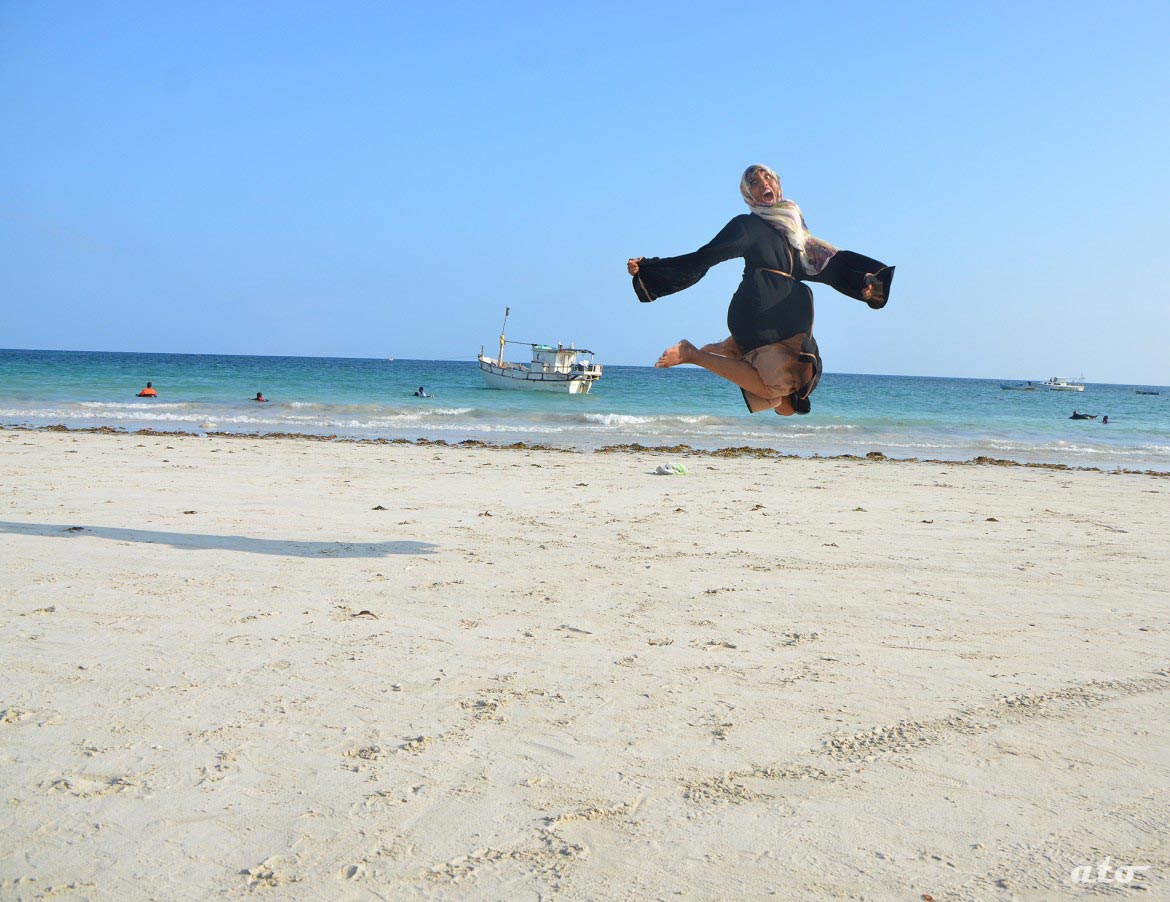
Abdulkadir’s portraiture is remarkably strong and his ability to build rapport with the people he photographs is exceptional. ‘I am a firm believer in respecting and dignifying people. So I won’t take a photo without people’s permission.’ He photographs his subjects at relatively close distance and many revel so much in the ease they feel in front of his camera that they perform before it. The results are beautiful, unscripted and dynamic moments. Even when the people are not engaging with the camera, they don’t appear to be under the gaze of a voyeur. The viewer never feels as if she or he is intruding in the spaces of the photo’s subjects. ‘When people in Mogadishu see you with a camera, they think you’re either doing photojournalism or you’re a journalist,’ he said. Journalism remains a particularly dangerous profession in the city. ‘I don’t see myself as a professional photographer.’
Abdulkadir’s images are an insider’s showcase of the positive.
Although many of Abdulkadir’s photos have a documentary quality, his work is not documentary photography. ‘I decided to focus on creating positive content, which means that I let others do the usual negative narrative of my city.’ This deliberate choice is the manifesto of a visual activist. On the current international scene, Abdulkadir’s photos closely relate to the work of another street photographer with links to Canada: Thana Faroq, founder of the EveryDay Yemen photo project. Her motto is ‘I capture life NOT war.’
In photographic tradition, it was Robert Frank who defied convention with his unabashed disclosure of a personal agenda behind his 1950s series of photographs ‘The Americans’. However, whereas Frank’s series sought to expose exclusively the dark underbelly of America from an outsider’s viewpoint, Abdulkadir’s images are an insider’s showcase of the positive. Through Abulkadir’s photos, one rediscovers that hope, simple joys, leisure (music, sports, dancing), family and kids sustain life in Mogadishu – just like they do everywhere else.
